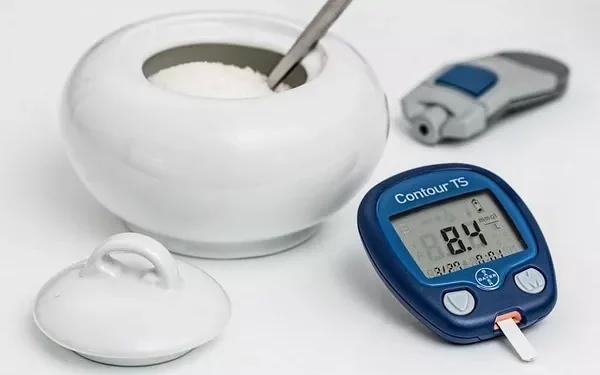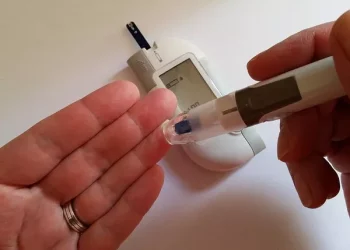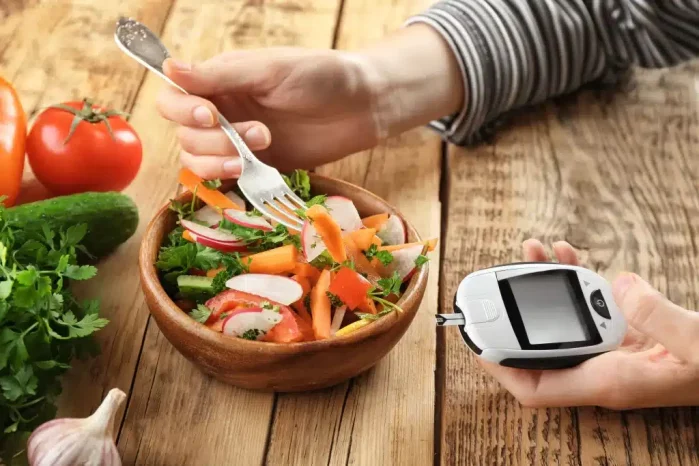Monitoring blood glucose levels is crucial for managing diabetes and ensuring overall health. Among the various tests available, the one-hour glucose test, often referred to as the oral glucose tolerance test (OGTT), plays a vital role in diagnosing and monitoring diabetes. This article will provide an in-depth analysis of the one-hour glucose test, its purpose, the acceptable range of results, factors affecting glucose levels, and guidelines for patients on how to prepare for and understand their results.
Understanding the One-Hour Glucose Test
The one-hour glucose test is primarily used to assess how well your body metabolizes glucose. It is commonly conducted during pregnancy to screen for gestational diabetes, but it can also be used for diagnosing type 2 diabetes and other glucose metabolism disorders.
Purpose of the One-Hour Glucose Test
Screening for Diabetes: The test helps identify individuals at risk of diabetes or those already experiencing abnormal glucose metabolism.
Gestational Diabetes Screening: Pregnant women are typically screened for gestational diabetes during their second trimester using the one-hour glucose test.
Monitoring Diabetes Management: For those already diagnosed with diabetes, the one-hour glucose test can provide valuable information on how well blood glucose levels are being controlled.
How the One-Hour Glucose Test Works
The one-hour glucose test involves the following steps:
Fasting: In most cases, fasting for at least 8 hours prior to the test is recommended, though some protocols may not require fasting.
Initial Blood Sample: A blood sample is taken to measure the fasting blood glucose level.
Glucose Administration: After the initial blood sample, the patient is given a sweet glucose solution, typically containing 50 grams of glucose.
Post-Glucose Blood Sample: One hour after consuming the glucose solution, another blood sample is taken to measure the blood glucose level.
Understanding the Range for One-Hour Glucose Test
The results of the one-hour glucose test are measured in milligrams per deciliter (mg/dL). Understanding what constitutes a normal, elevated, or diabetic range is essential for interpreting the test results accurately.
Normal Glucose Levels
A normal one-hour glucose test result is typically less than 140 mg/dL. This indicates that the body is effectively processing glucose.
Impaired Glucose Tolerance
If the one-hour glucose level is between 140 mg/dL and 199 mg/dL, this may suggest impaired glucose tolerance, which is a precursor to type 2 diabetes. Individuals in this range should be monitored closely, as they are at increased risk for developing diabetes.
Diabetes Diagnosis
A one-hour glucose level of 200 mg/dL or higher is indicative of diabetes. This result necessitates further testing and evaluation to confirm a diagnosis of diabetes.
Interpretation of Results
Understanding the ranges helps in early detection and management of glucose-related disorders. It’s important to note that a single test result may not provide a definitive diagnosis, and healthcare providers may recommend additional testing or follow-up based on the initial findings.
Factors Influencing One-Hour Glucose Test Results
Several factors can impact the results of the one-hour glucose test. Recognizing these factors can help patients prepare for the test and understand their results better.
Dietary Influences
Carbohydrate Intake: The amount and type of carbohydrates consumed before the test can influence blood glucose levels. Foods high in simple sugars can cause a temporary spike in glucose levels.
Fasting Status: Fasting for the appropriate duration before the test is crucial. Inadequate fasting can lead to inaccurate results.
Physical Activity
Exercise Levels: Physical activity can affect glucose metabolism. Intense exercise before the test may lower blood glucose levels, while a sedentary lifestyle can contribute to elevated levels.
Timing of Exercise: The timing of exercise in relation to the test can also impact results. For example, exercising shortly before the test may lead to lower glucose levels.
Health Conditions
Medications: Certain medications, including steroids and diuretics, can influence blood glucose levels. Patients should inform their healthcare provider about any medications they are taking.
Illness or Stress: Acute illnesses or significant stress can raise blood glucose levels, leading to potentially misleading results.
Hormonal Changes: Hormonal fluctuations, such as those occurring during the menstrual cycle or pregnancy, can also affect glucose metabolism.
Individual Variability
Genetics: Genetic factors can influence how individuals metabolize glucose and respond to the glucose load during the test.
Age and Gender: Age and gender may also play a role in glucose metabolism, with some studies suggesting that women may experience different glucose responses than men.
Preparing for the One-Hour Glucose Test
Proper preparation is essential for obtaining accurate test results. Here are some tips for patients scheduled for a one-hour glucose test:
1. Follow Fasting Guidelines
If instructed to fast, ensure that you do not consume any food or drinks (except water) for at least 8 hours prior to the test. If the test does not require fasting, follow your healthcare provider’s specific instructions.
2. Avoid High-Sugar Foods
In the days leading up to the test, try to avoid foods high in sugar and simple carbohydrates. This will help ensure that your baseline glucose level is as stable as possible.
3. Stay Hydrated
Drink plenty of water before the test. Staying hydrated can help with blood sample collection and may also improve test accuracy.
4. Inform Your Doctor
Be sure to inform your healthcare provider about any medications you are taking, as some may need to be adjusted before the test. Discuss any recent illnesses, hormonal changes, or stressors that could affect results.
5. Plan for Timing
Schedule the test at a time when you can ensure you are relaxed and have adequate time for the testing process, as it typically takes about two hours from start to finish.
What to Expect During and After the Test
During the Test
Blood Draw: A healthcare professional will take your blood sample for fasting glucose measurement. You may feel a slight pinch during this process.
Glucose Solution: You will be asked to drink a sweet glucose solution, which can be quite sugary. Some individuals may find the taste unpleasant, but it is important to consume the entire amount.
Post-Glucose Sample: After one hour, a second blood sample will be taken. This is typically a straightforward process.
After the Test
Potential Side Effects: Some individuals may experience mild side effects, such as nausea or lightheadedness, after consuming the glucose solution. These symptoms usually resolve quickly.
Waiting for Results: Blood glucose levels will be analyzed, and results will be discussed with you. Depending on the results, your healthcare provider may recommend further testing, lifestyle changes, or medications.
Follow-Up: If the test indicates impaired glucose tolerance or diabetes, follow-up appointments will be necessary to develop a management plan.
Importance of Regular Monitoring
For individuals diagnosed with diabetes or those at risk, regular monitoring of blood glucose levels is essential. This can include:
Self-Monitoring: Individuals with diabetes should regularly check their blood glucose levels at home using a glucometer. This allows for real-time monitoring and helps in managing daily activities, meal planning, and medication adjustments.
Regular Testing: In addition to self-monitoring, regular visits to healthcare providers for comprehensive blood tests (such as HbA1c tests) can help assess long-term blood glucose control.
Lifestyle Modifications: Maintaining a healthy diet, engaging in regular physical activity, and managing stress are vital components of diabetes management.
Conclusion
The one-hour glucose test is a valuable tool for assessing how the body processes glucose and for diagnosing diabetes. Understanding the acceptable range of results—less than 140 mg/dL for normal, 140-199 mg/dL for impaired glucose tolerance, and 200 mg/dL or higher for diabetes—is crucial for patients and healthcare providers alike.
Various factors can influence test results, including diet, physical activity, medications, and individual variability. Proper preparation for the test, including following fasting guidelines and avoiding high-sugar foods, can lead to more accurate results.
For individuals diagnosed with diabetes or at risk, regular monitoring of blood glucose levels is essential for effective management. This includes both self-monitoring and routine testing, as well as lifestyle modifications to maintain overall health. By staying informed and proactive, individuals can better manage their blood glucose levels and reduce the risk of complications associated with diabetes.
Related topics:
What Should a 12-Hour Fasting Blood Sugar Be?



























